Dangerous cancers can be detected early
"Endoscopic ultrasound (EUS) is a technique of inserting an ultrasound probe into the body through an endoscope, providing outstandingly detailed images. EUS helps to accurately determine the depth of invasion of gastrointestinal tumors such as the stomach and colon, thereby deciding whether to treat with submucosal dissection (ESD) or whether the patient needs surgery.
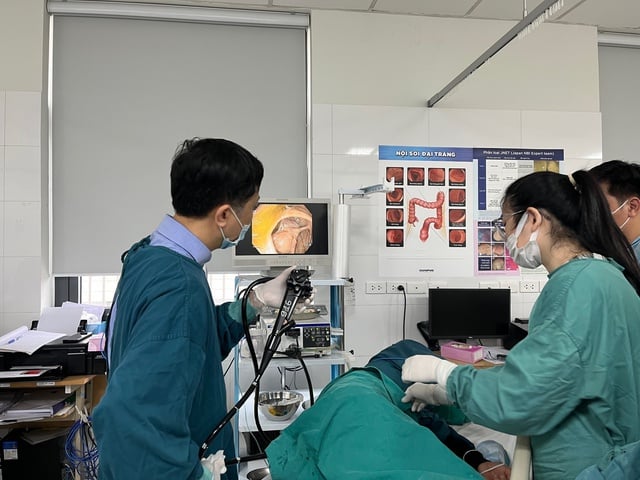
At the Digestive - Liver Center, Bach Mai Hospital, among the endoscopic cases, about 10 - 15% have early detection of cancer.
PHOTO: LIEN CHAU
Not only diagnosis, EUS also supports treatment interventions: biopsy of pancreatic tumors in difficult locations; burning tumors with high-frequency waves; performing complex techniques such as endoscopic biliary-enteric anastomosis, helping patients avoid major surgery," Associate Professor, Dr. Nguyen Cong Long, Director of the Center for Digestive and Hepatobiliary Diseases, Bach Mai Hospital, said on the sidelines of the Digestive Science Conference held on November 15, on the occasion of 10 years of cooperation between Bach Mai Hospital and the Nagoya Digestive Medicine Development Association (Japan).
According to Dr. Long, advances in diagnosis bring the greatest benefits to patients. First, it increases the chance of a complete cure and helps patients live a healthy life. However, do not wait for symptoms. When cancer causes abdominal pain, weight loss, bloody stools... it is when the disease is in its late stages.
Dr. Long recommends screening for digestive cancers. In particular, with pancreatic cancer, a very dangerous and difficult to detect early cancer, high-risk groups need regular screening, including: people newly diagnosed with diabetes; people with chronic pancreatitis; people with pancreatic cysts (especially papillary cysts). Diagnosis of pancreatic cancer is often combined with imaging such as endoscopic ultrasound, computed tomography and some specialized tests.
For early detection of colorectal cancer, everyone, even healthy people, should have their first colonoscopy at age 40. This is the most effective way to detect cancer or precancerous polyps early, and remove them before they become malignant.
10 - 15% of endoscopic cases detect cancer early
In practice, applying techniques to help detect and treat gastrointestinal cancer very early, Dr. Long shared that in the past, even if a tumor was small, the patient still needed major surgery. Now, with submucosal dissection (ESD), it is possible to completely remove very early stage cancer with just endoscopy, without the need for open surgery.
Patients treated with this method can be considered completely cured. This technique has been routinely deployed for more than 10 years at Bach Mai Hospital. There are cases of stomach cancer detected 10 years ago that are still in stable health, with no recurrence of cancer.
ESD is a remarkable achievement of Japan that allows for radical treatment of early esophageal, gastric, and colon cancers without open surgery. EDS uses endoscopy to remove the entire tumor along with the damaged mucosa and submucosa, ensuring complete removal of the tumor while preserving the structure of the digestive tract.
At the Gastroenterology - Hepatobiliary Center, the rate of early cancer detection is 10 - 15% of the total number of endoscopic patients (800 - 1,000 endoscopic cases/day). With early cancer limited to the mucosal layer, ESD is considered a treatment method that offers the chance of complete cure.
Source: https://thanhnien.vn/3-nhom-nguy-co-cao-can-tam-soat-ung-thu-tuy-185251115191040001.htm



![[Photo] Prime Minister Pham Minh Chinh meets with representatives of outstanding teachers](https://vphoto.vietnam.vn/thumb/1200x675/vietnam/resource/IMAGE/2025/11/15/1763215934276_dsc-0578-jpg.webp)


![[Photo] General Secretary To Lam receives Vice President of Luxshare-ICT Group (China)](https://vphoto.vietnam.vn/thumb/1200x675/vietnam/resource/IMAGE/2025/11/15/1763211137119_a1-bnd-7809-8939-jpg.webp)



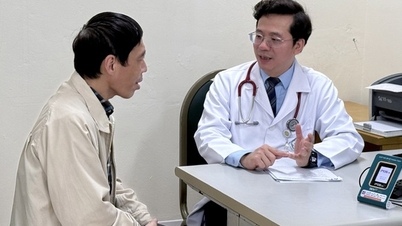



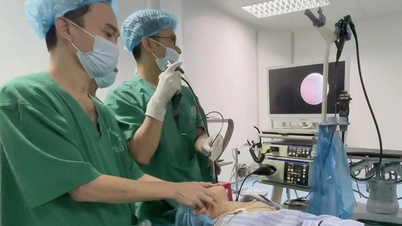


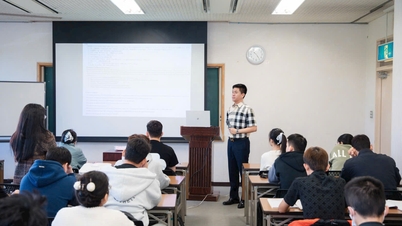











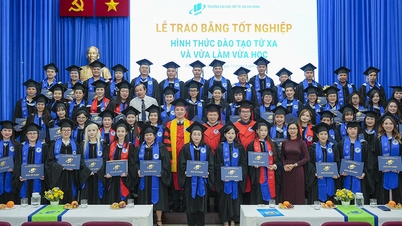

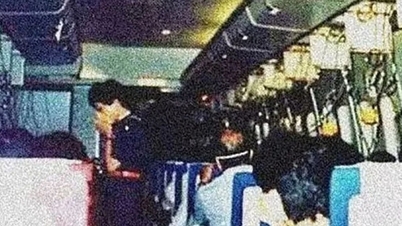




















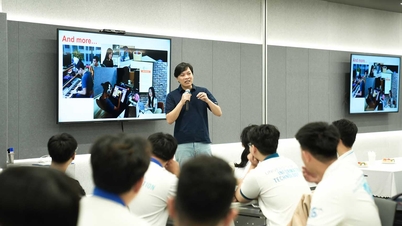























































Comment (0)